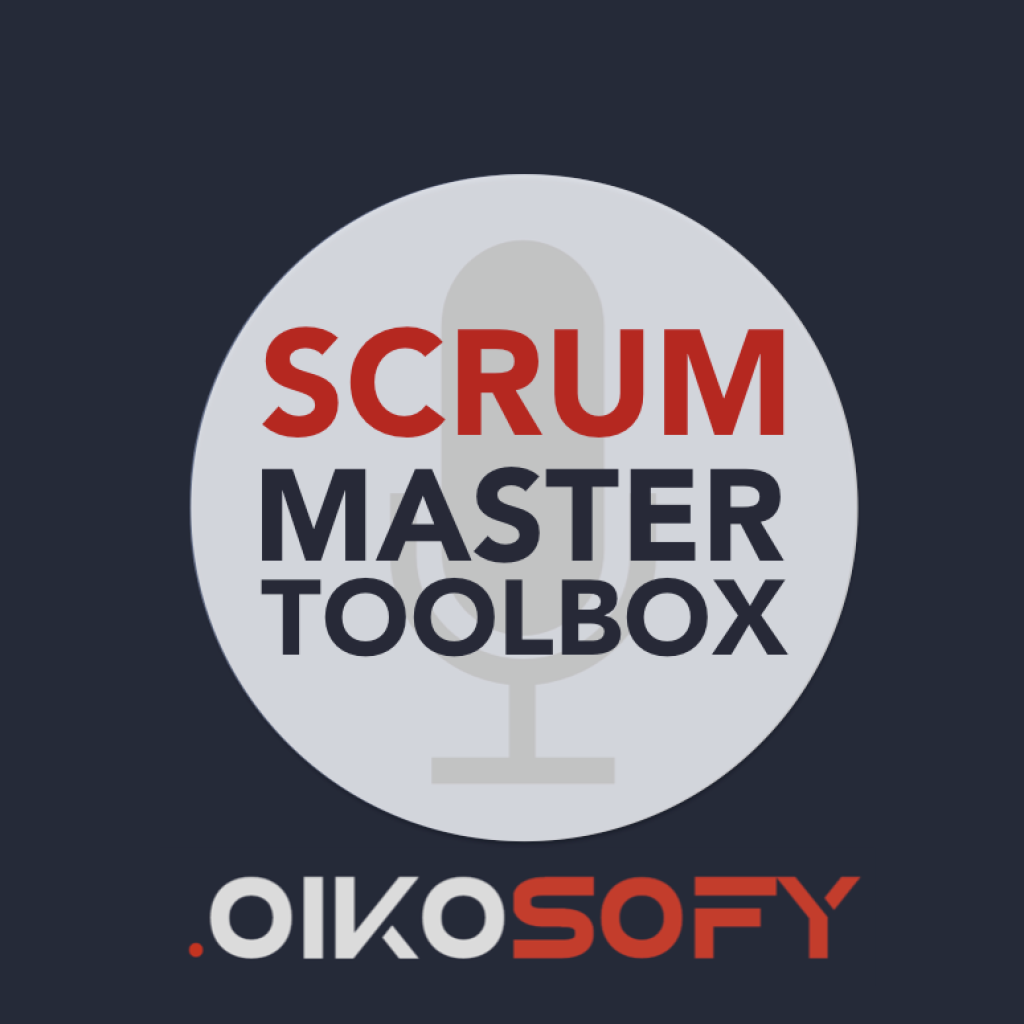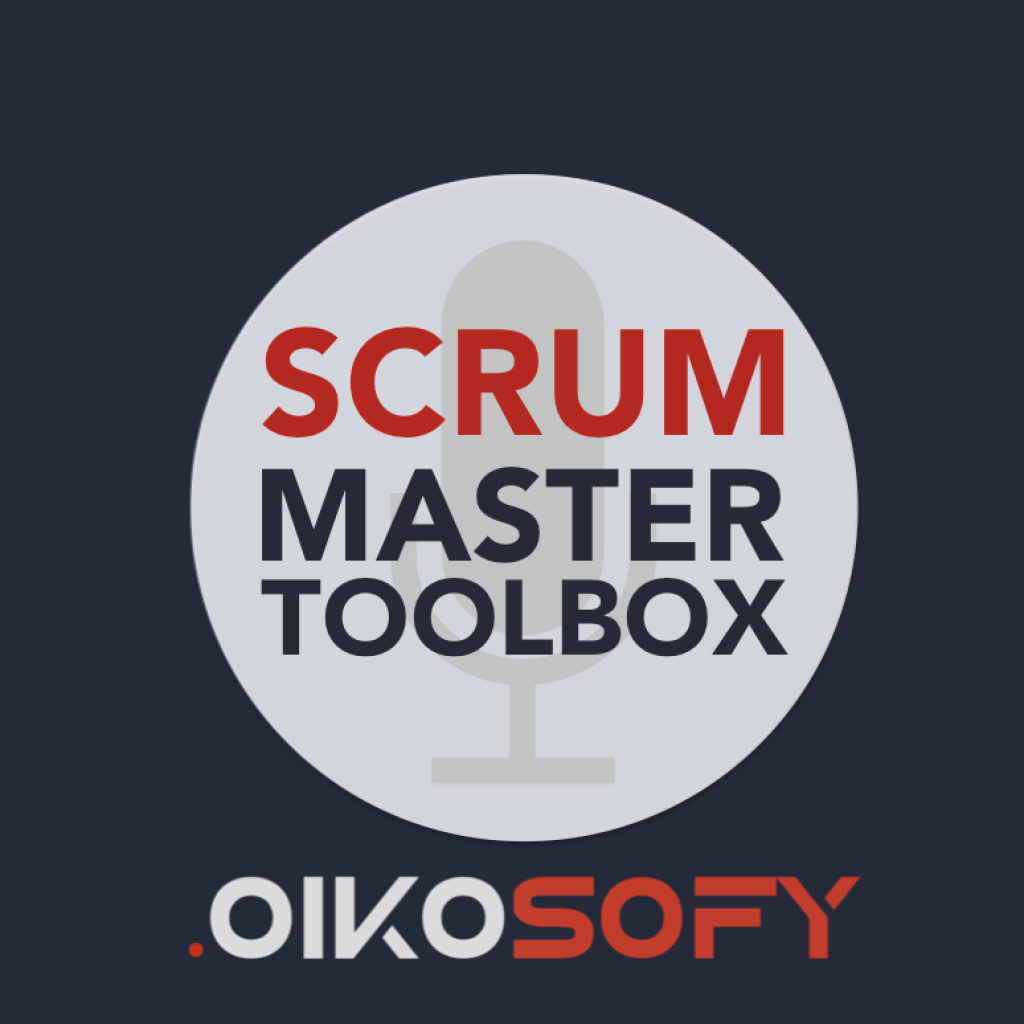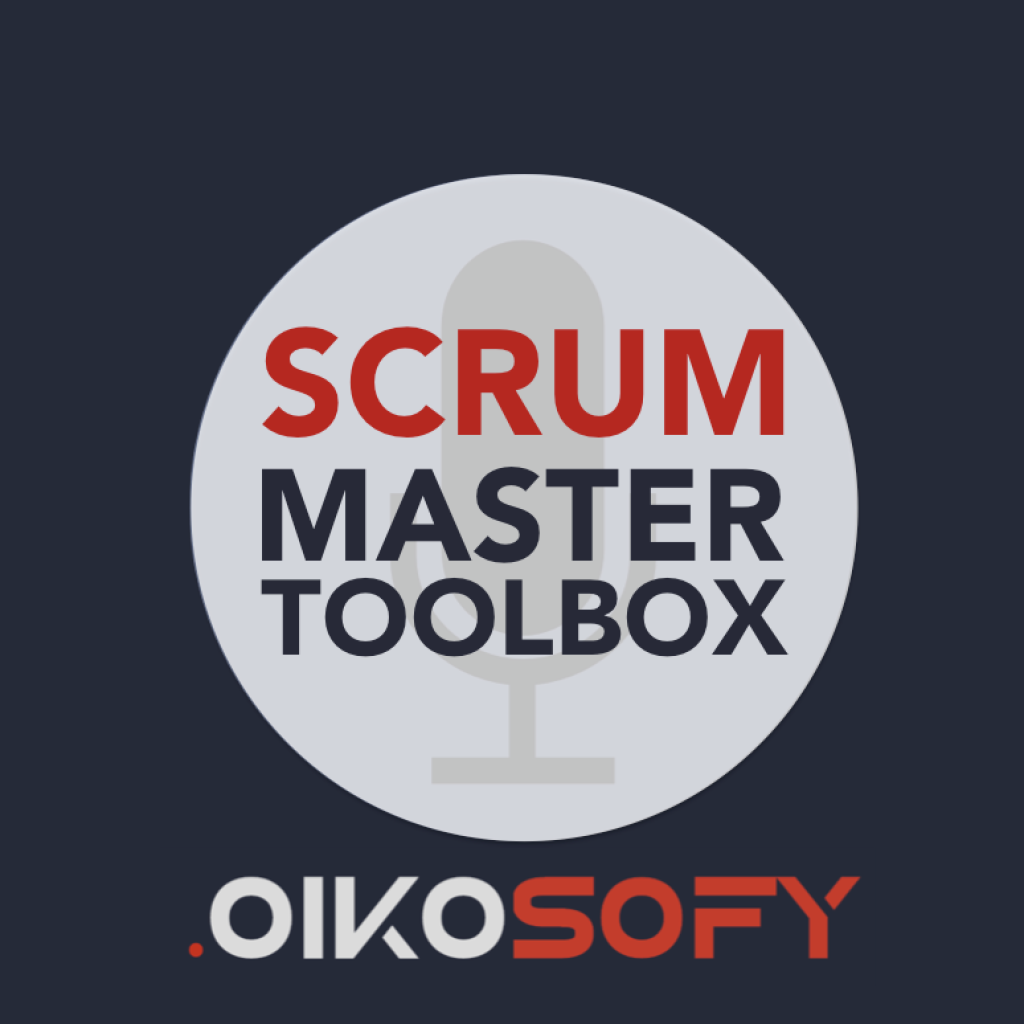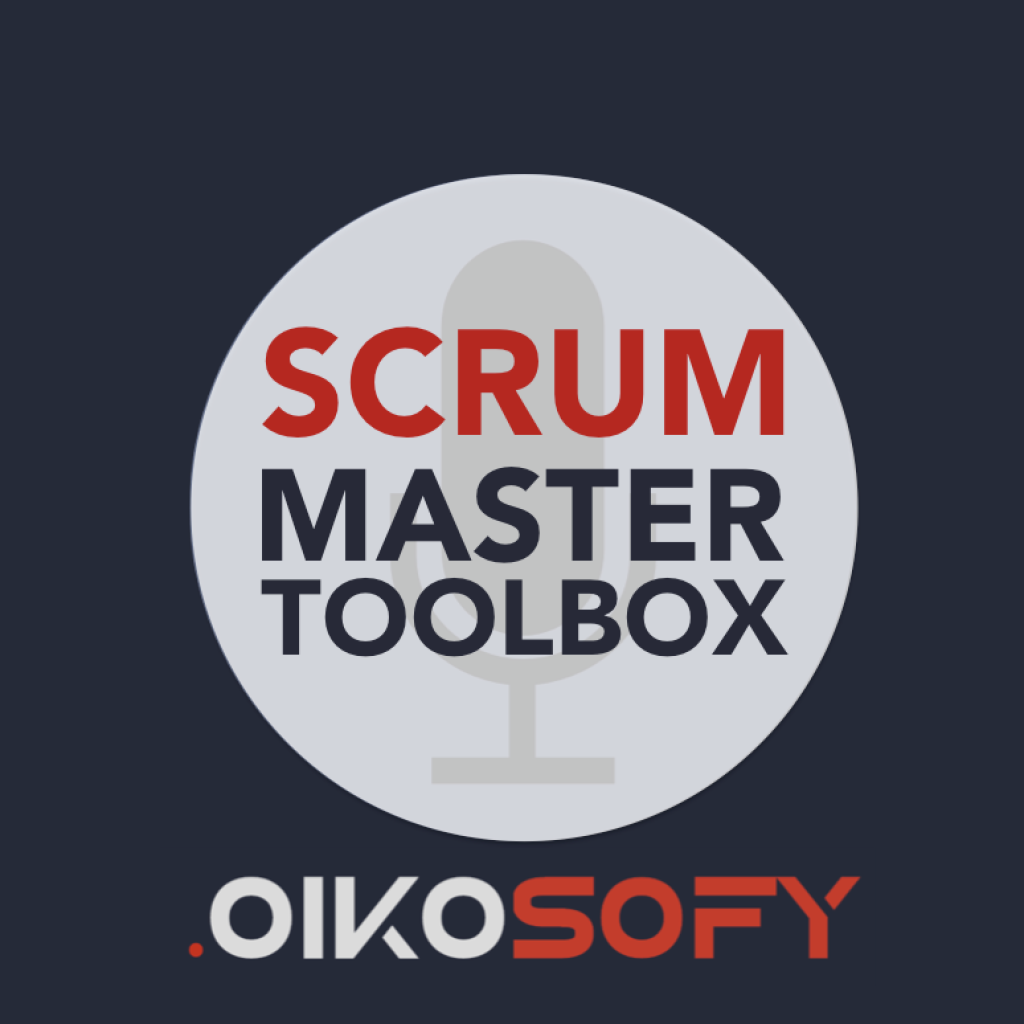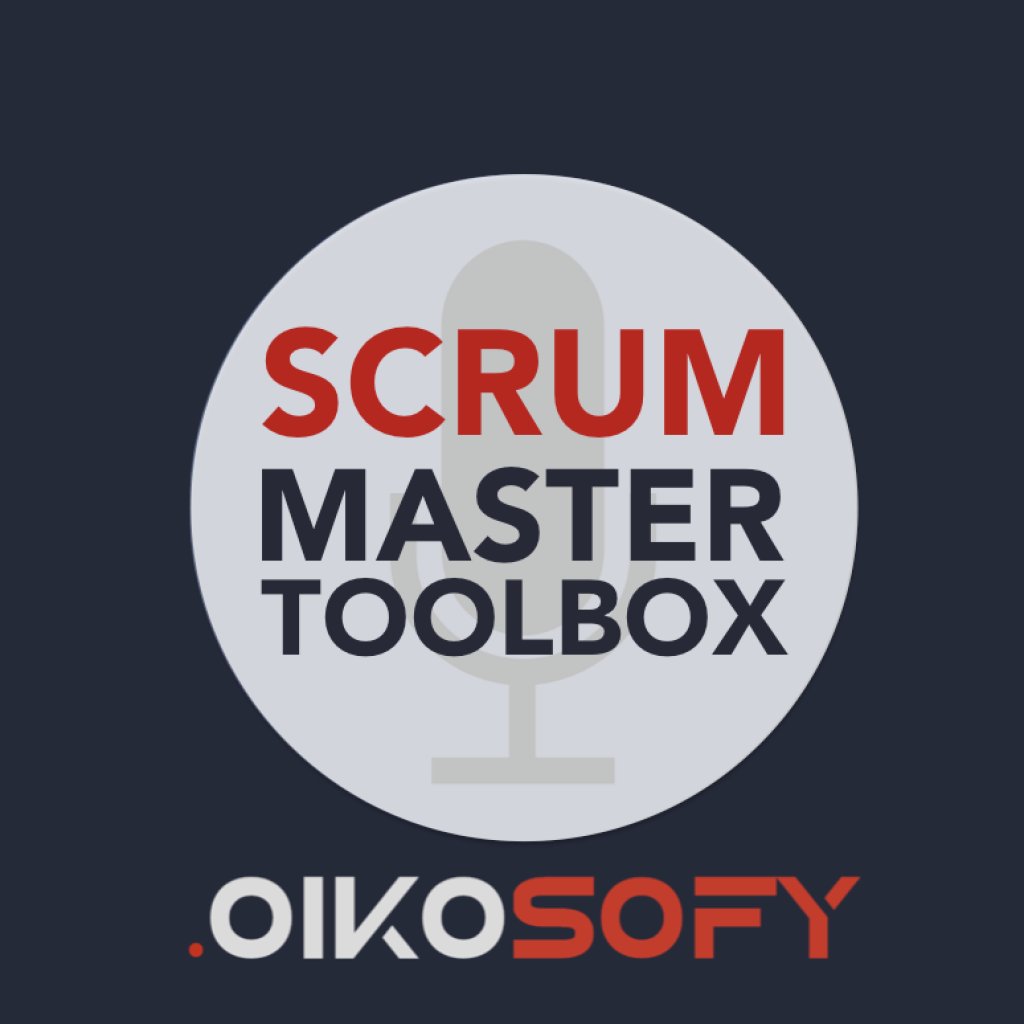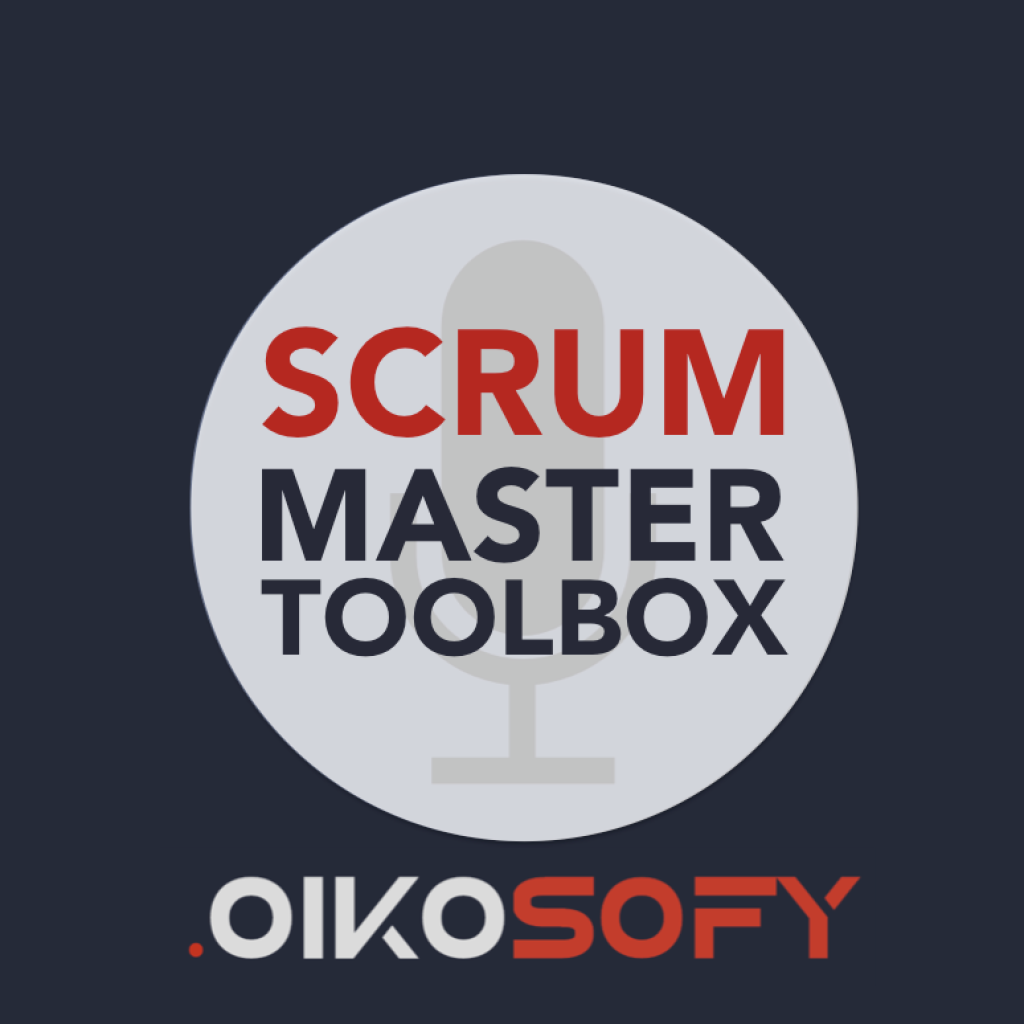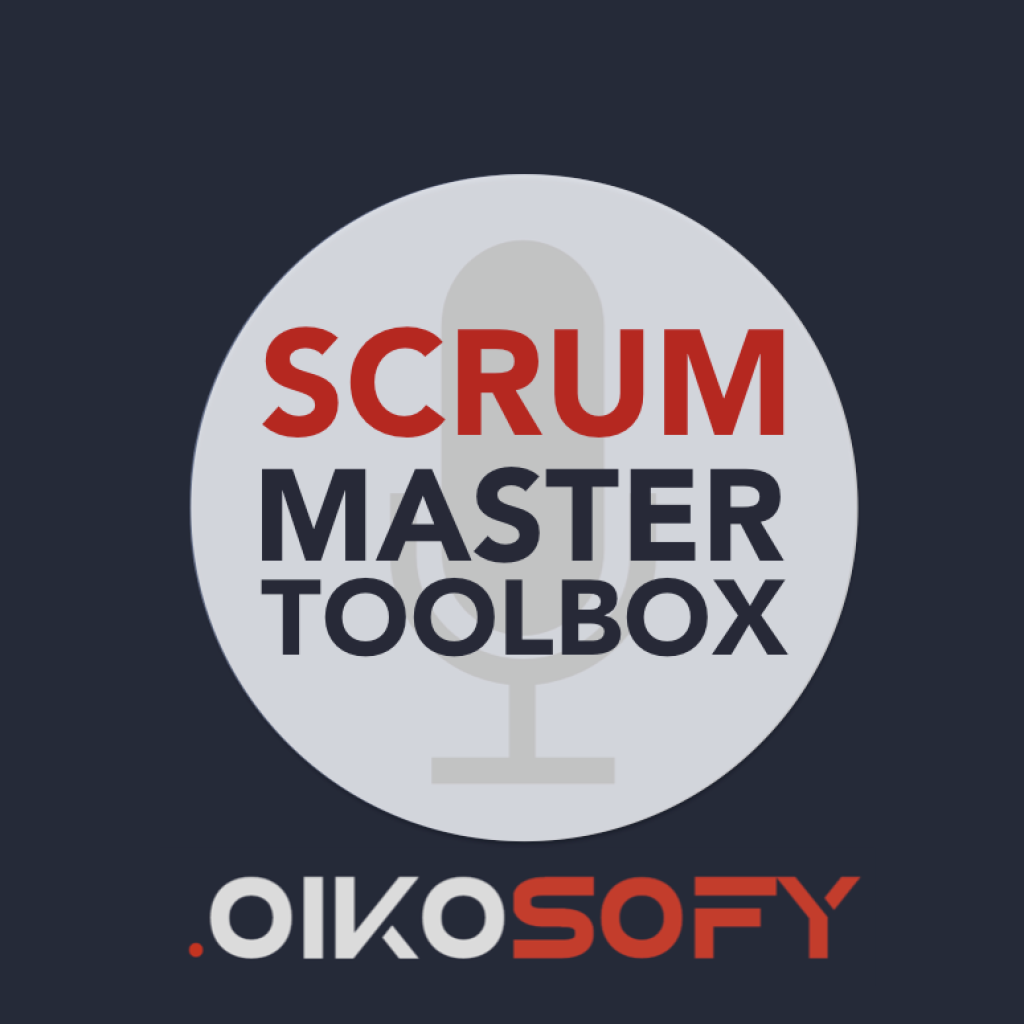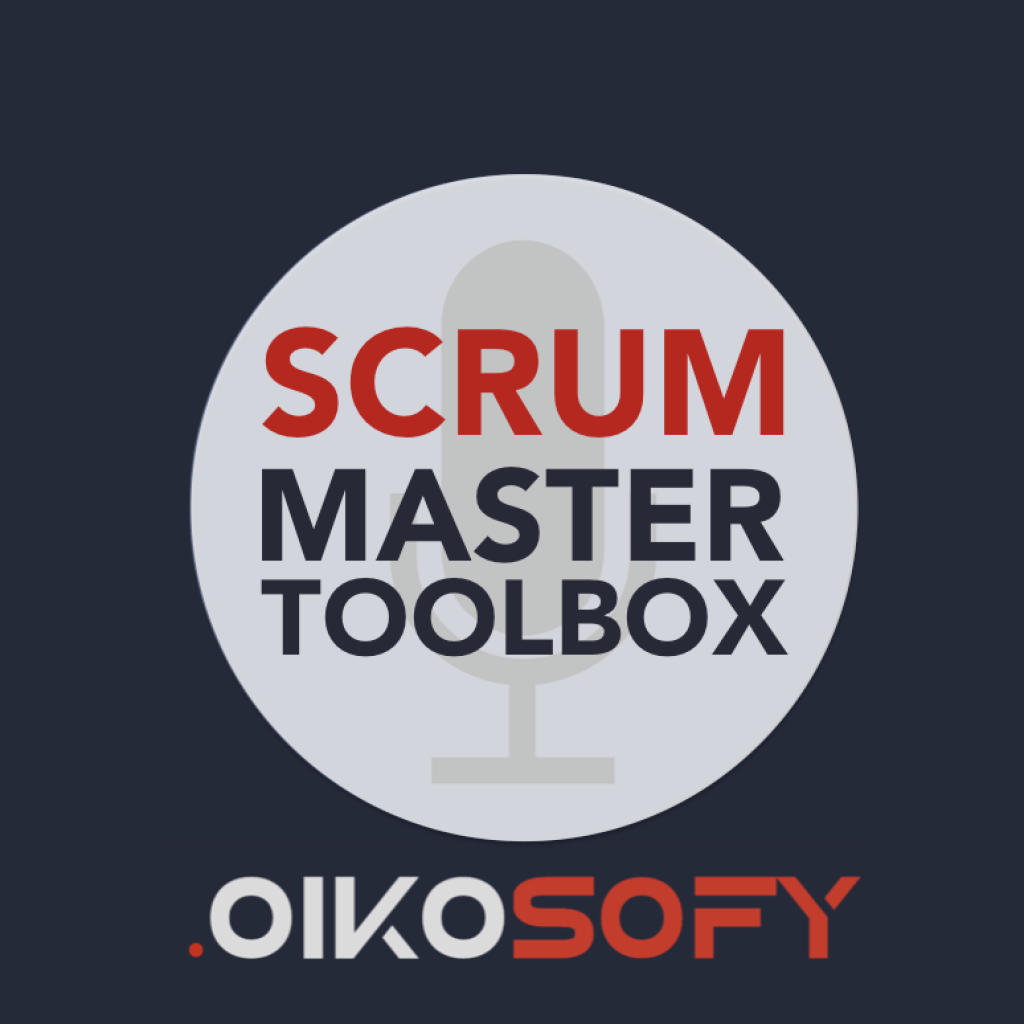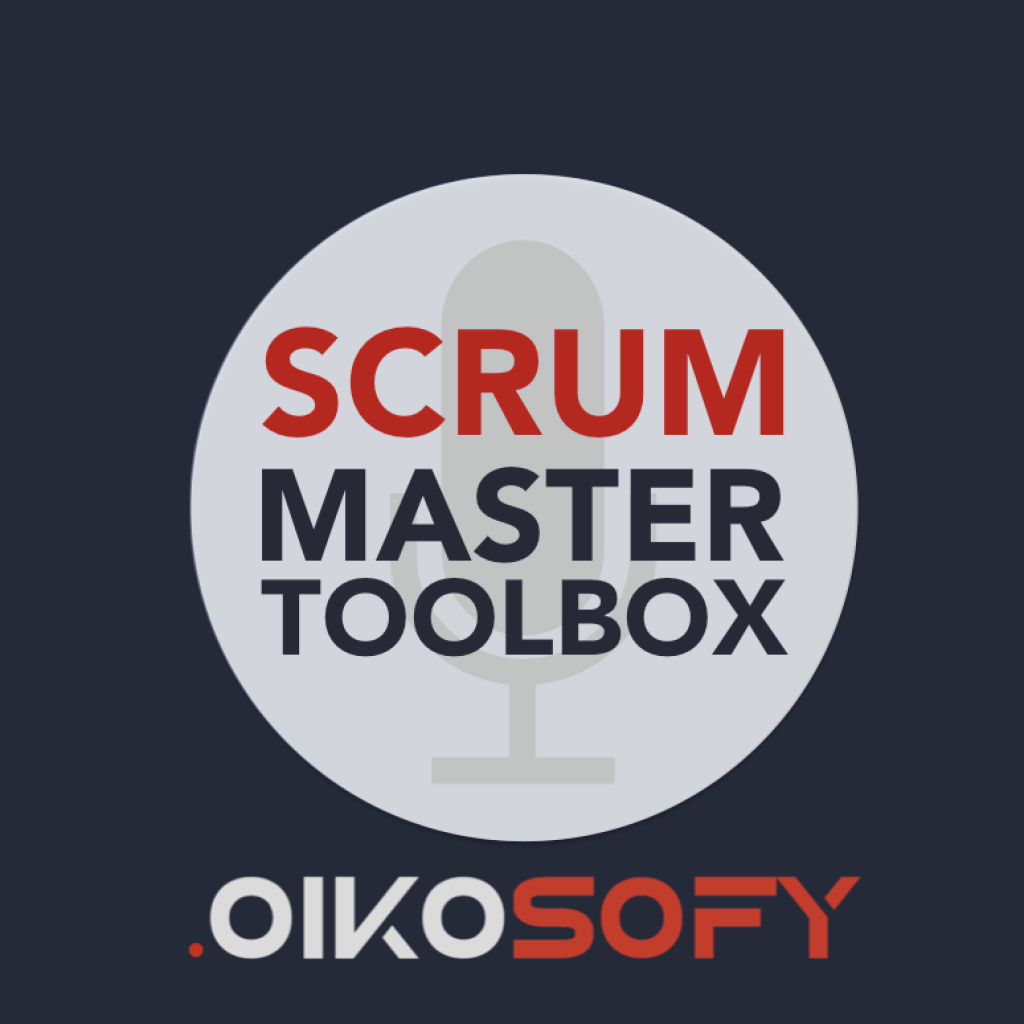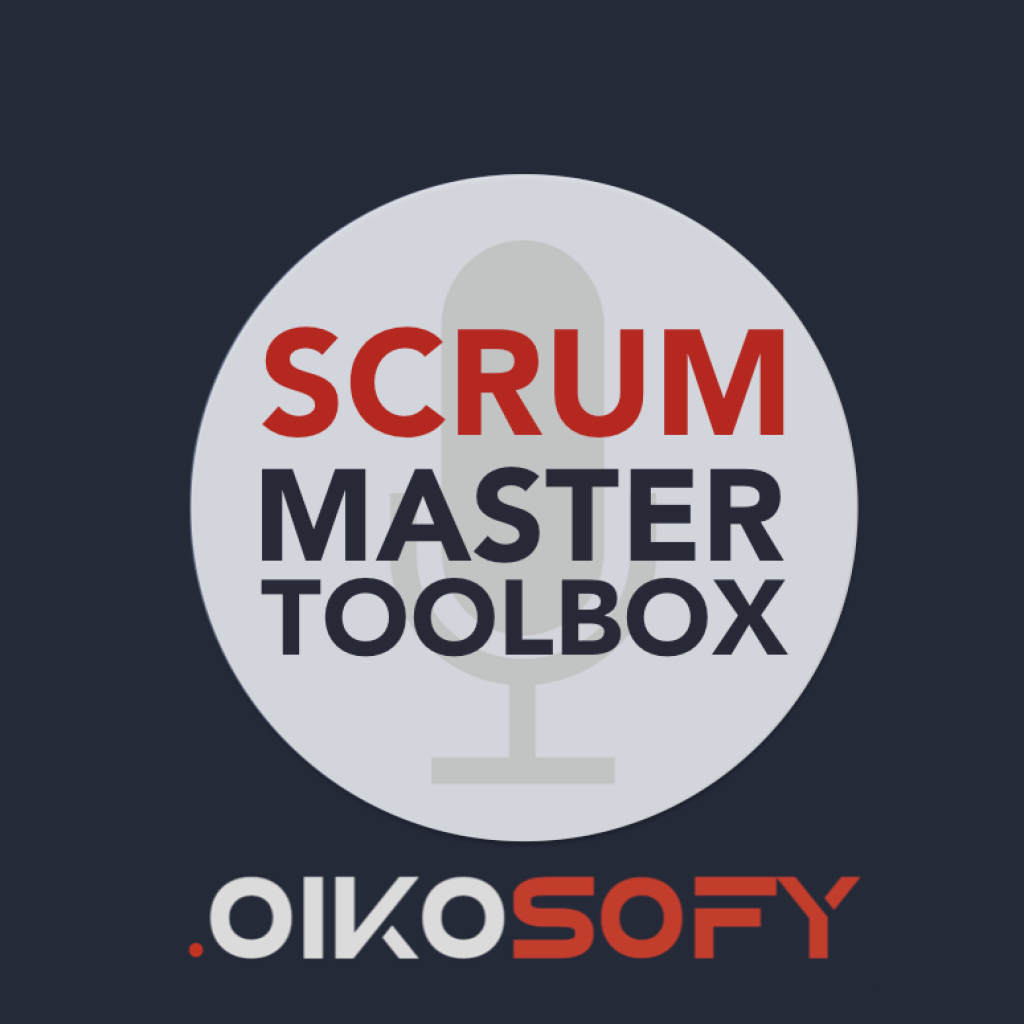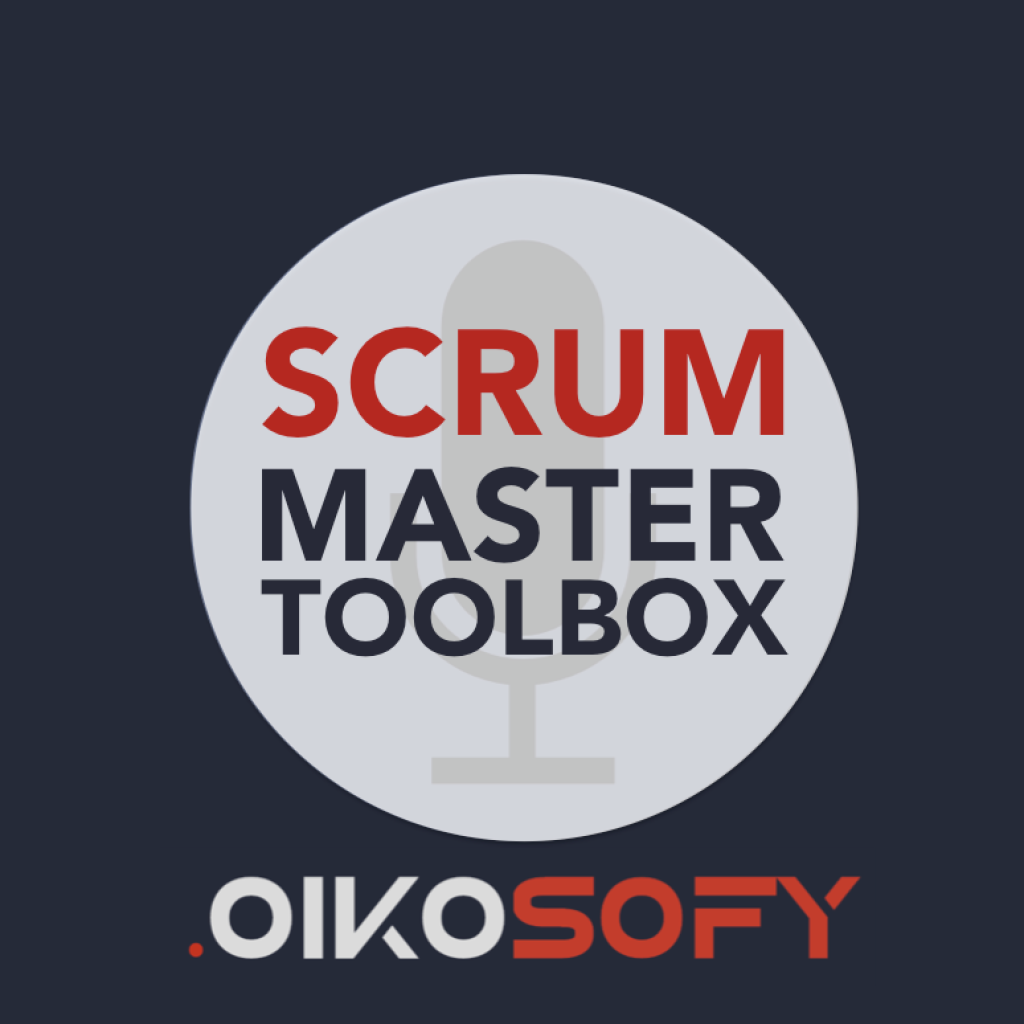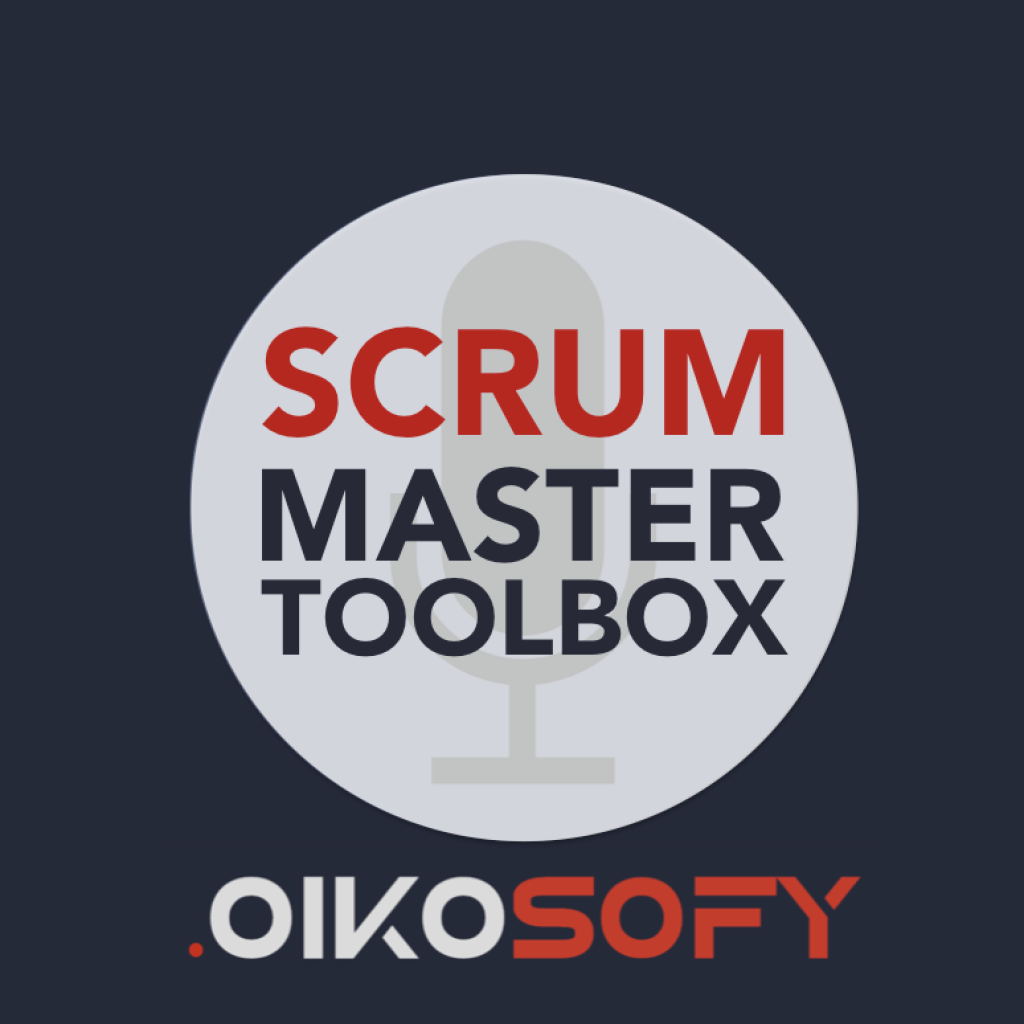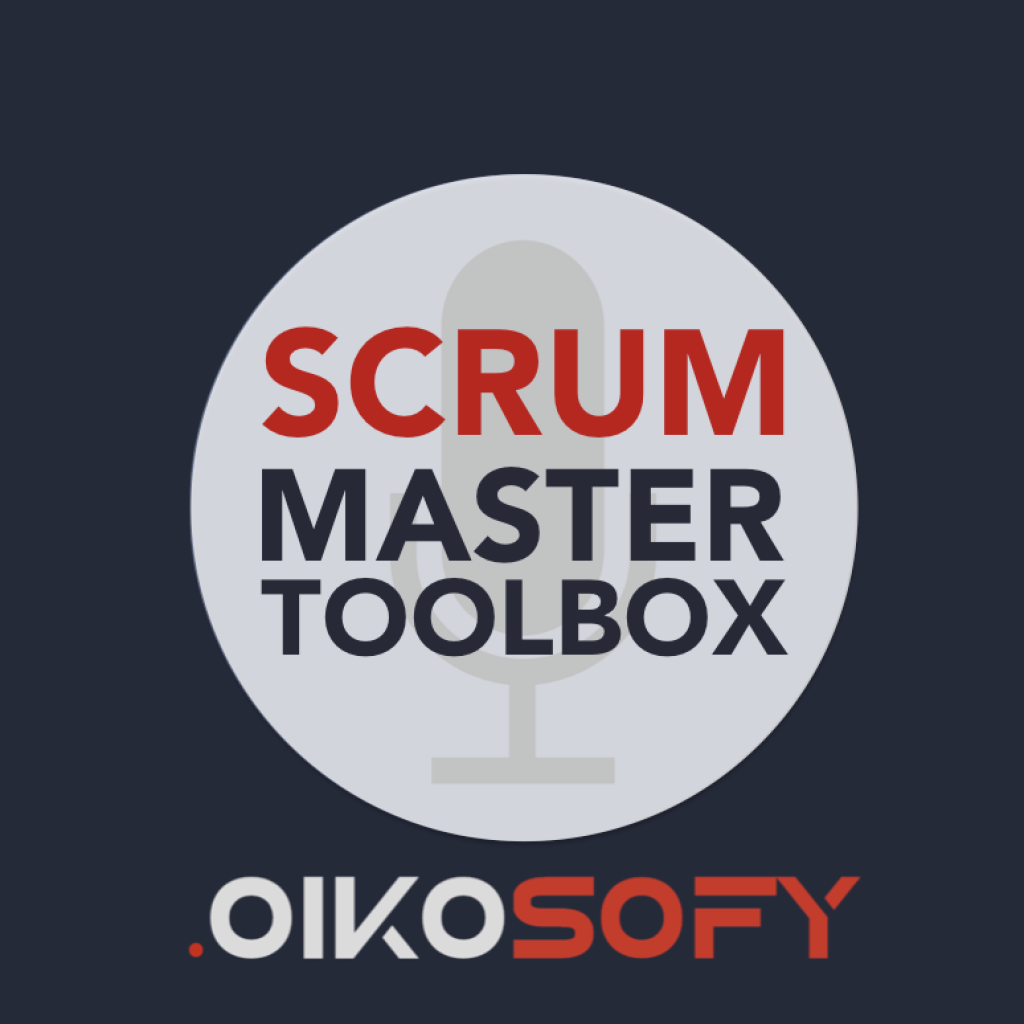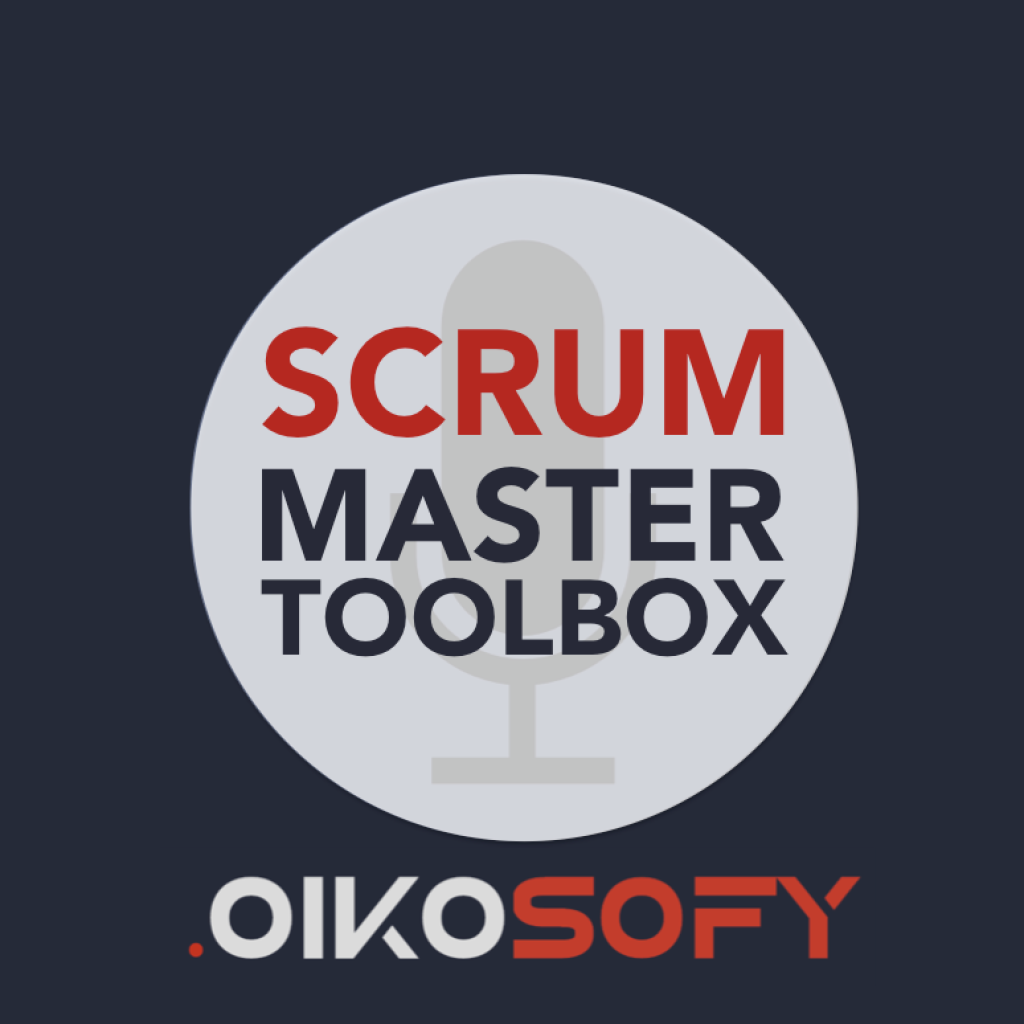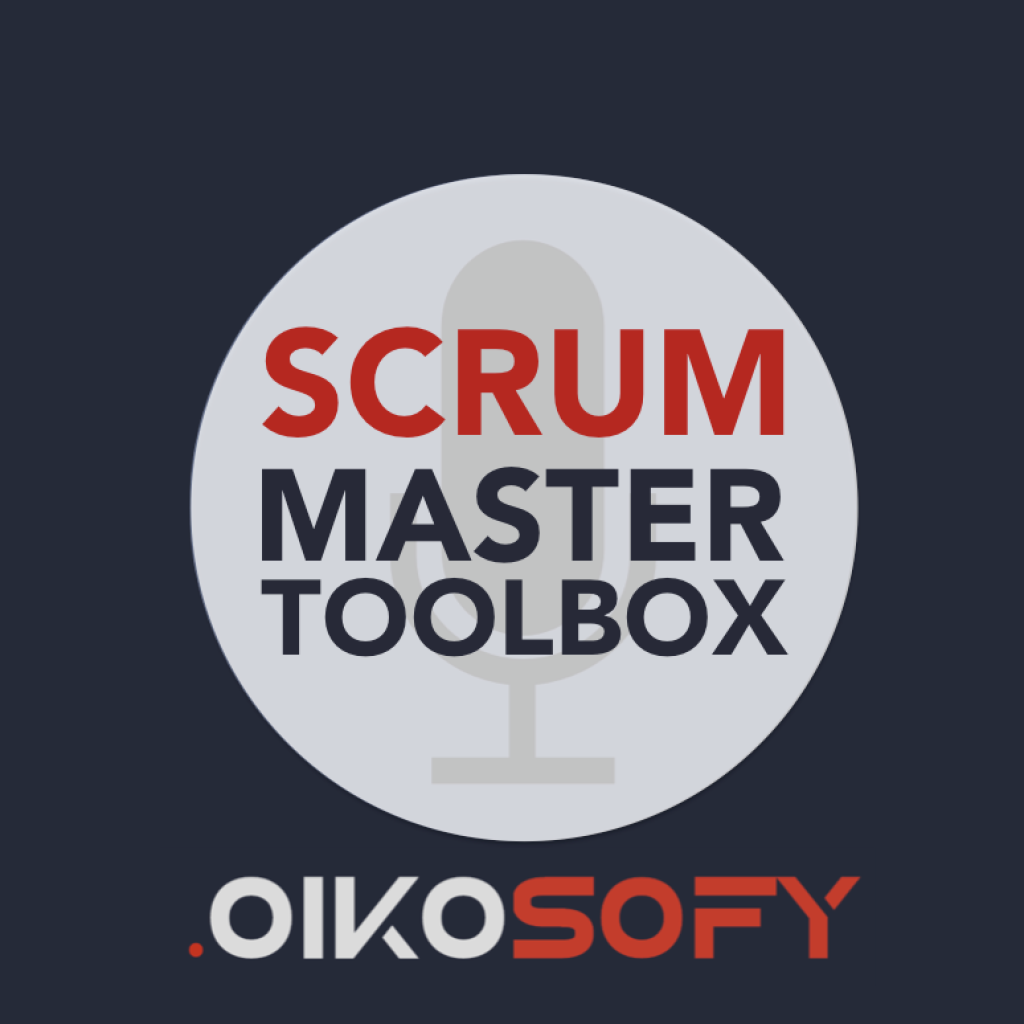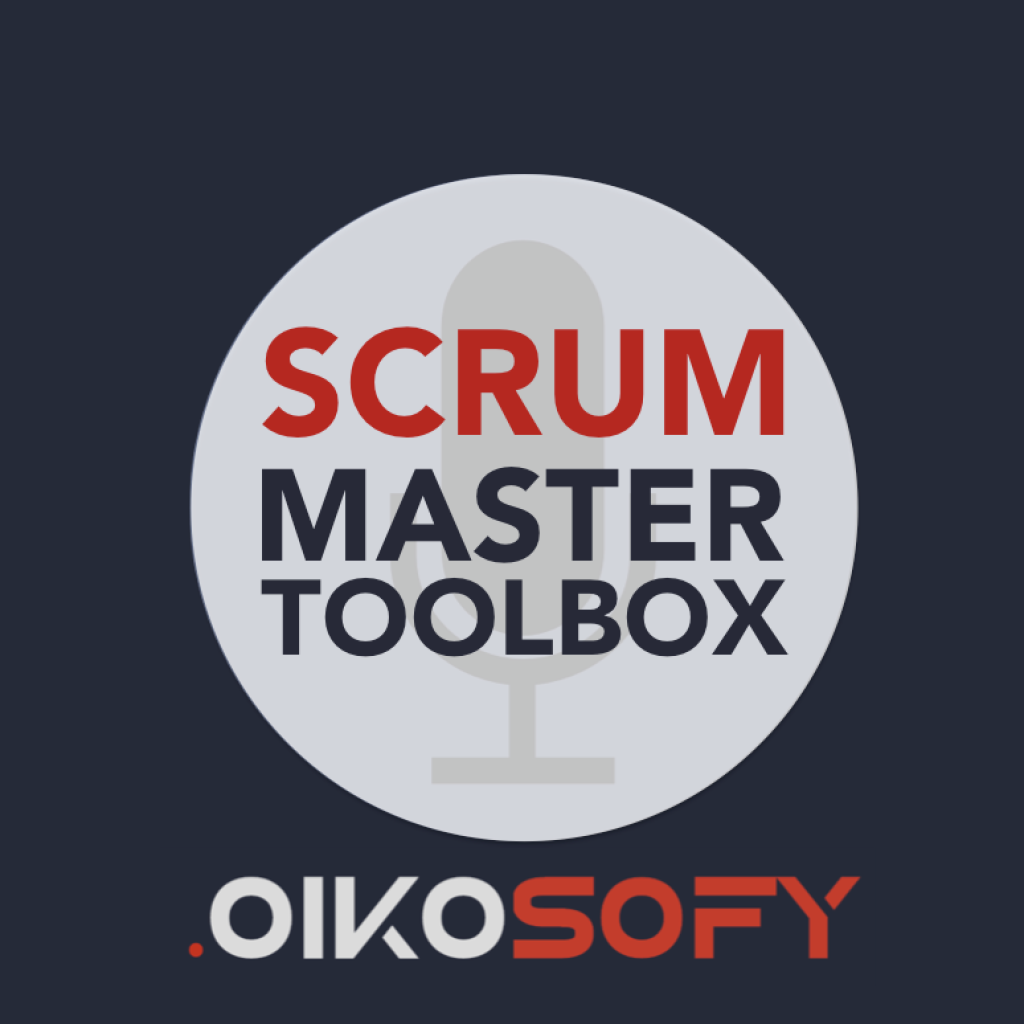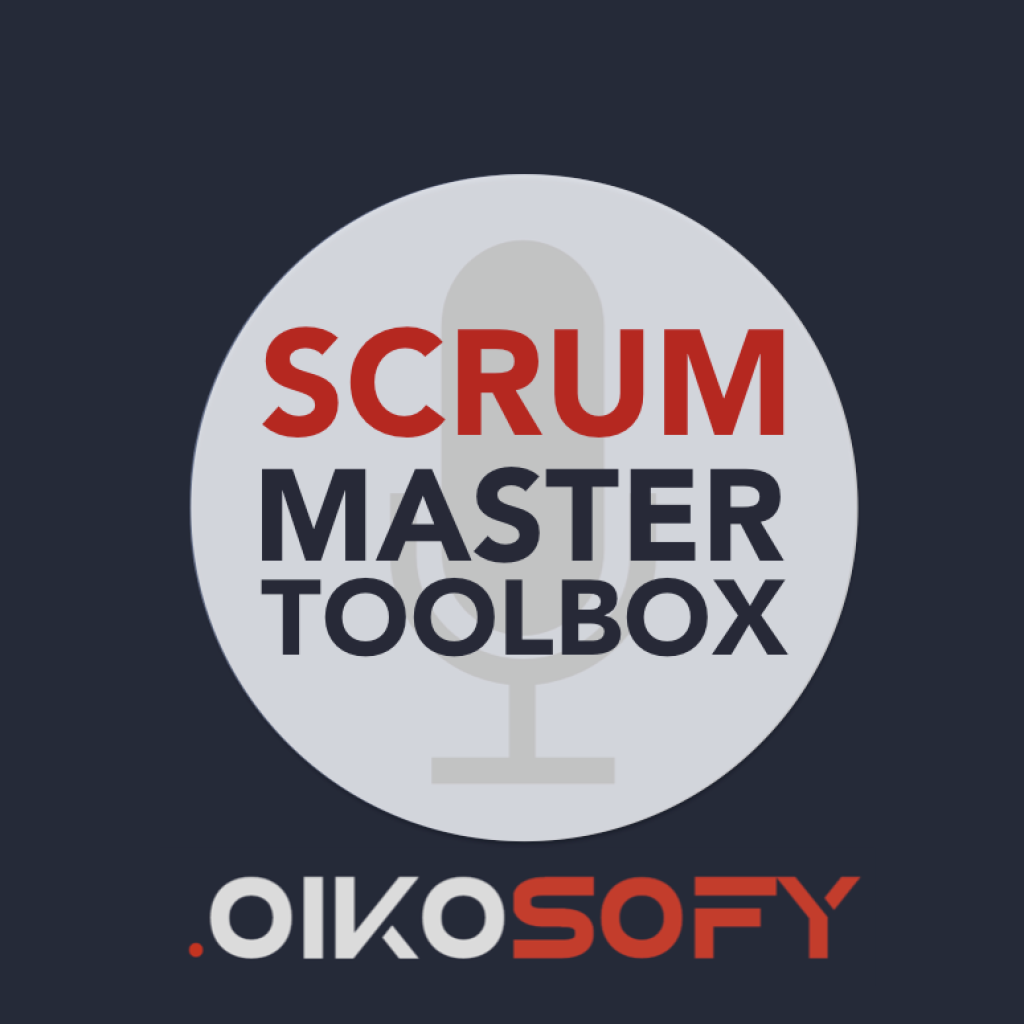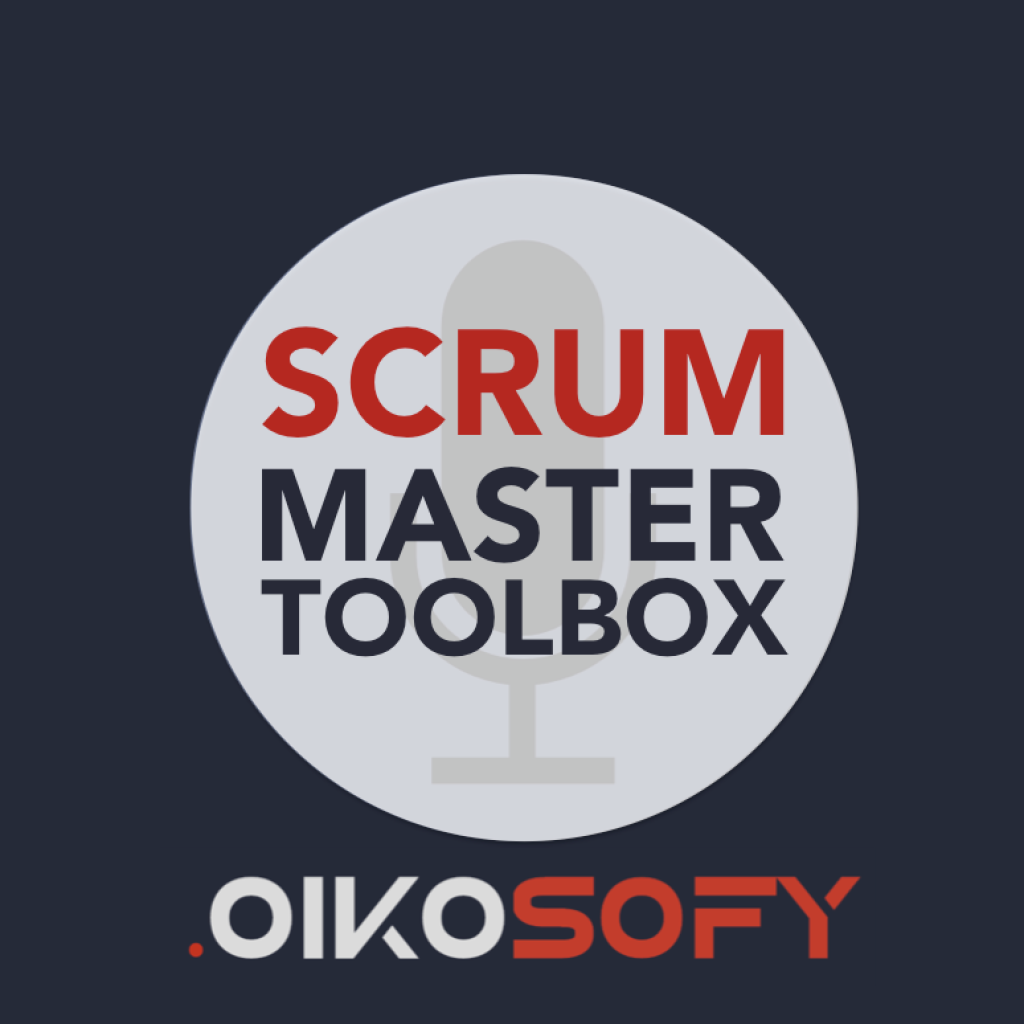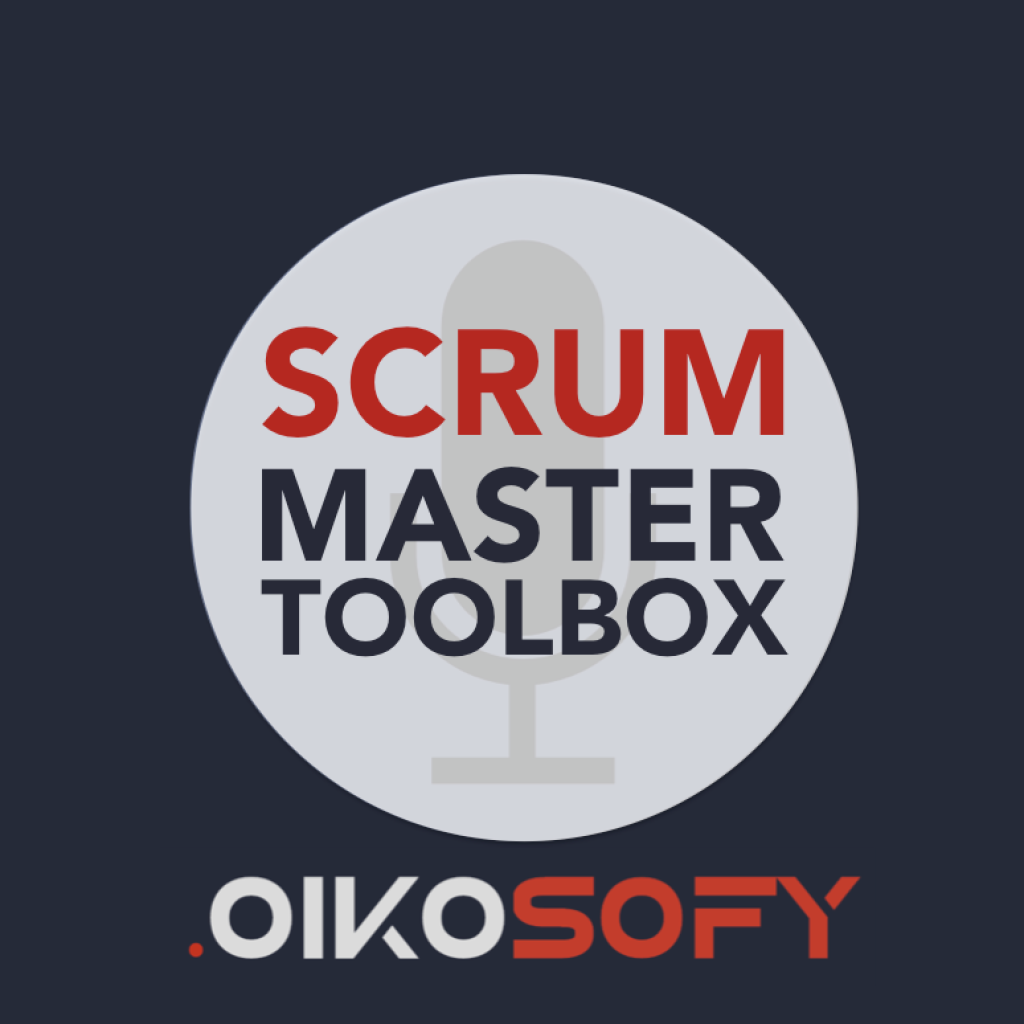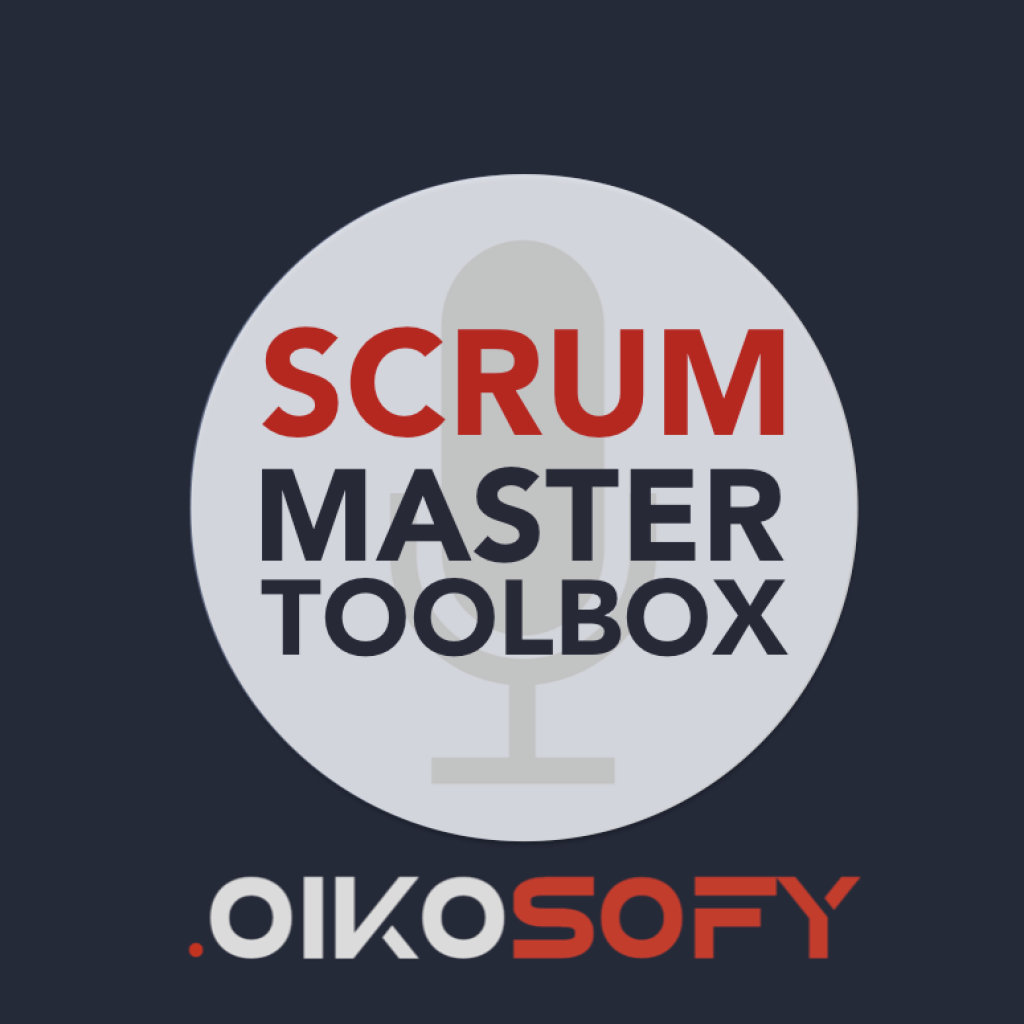Beyond AI Code Assistants: How Moldable Development Answers Questions AI Can't | Tudor Girba
Description
AI Assisted Coding: Beyond AI Code Assistants: How Moldable Development Answers Questions AI Can't With Tudor Girba
In this BONUS episode, we explore Moldable Development with Tudor Girba, CEO of feenk.com and creator of the Glamorous Toolkit. We dive into why developers spend over 50% of their time reading code—not because they want to, but because they lack the answers they need. Tudor shares how building contextual tools can transform software development, making systems truly understandable and enabling decisions at the speed of thought.
The Hidden System: A Telco's Three-Year Quest
"They had a system consisting of five boxes, but they could only enumerate four. If this is your level of awareness about what is reality around you, you have almost no chance of systematically affecting that reality."
Tudor opens with a striking case study from a telecommunications company that spent three years and hundreds of person-years trying to optimize a data pipeline. Despite massive effort and executive mandate, the pipeline still took exactly one day to process data—no improvement whatsoever. When Tudor's team investigated, they asked for an architecture diagram. The team drew four boxes representing their system. But when Tudor's team started building tools to mirror this architecture back from the actual code, they discovered something shocking: there was an entire fifth system between the first and second boxes that nobody knew existed. This missing system was likely the bottleneck they'd been trying to optimize for three years.
Why Reading Code Doesn't Scale
"Developers spend more than 50% of their time reading code. The problem is that our systems are typically larger than anyone can read, and by the time you finish reading, the system has already changed many times."
The real issue isn't the time spent reading—it's that reading is the most manual, least scalable way to extract information from systems. When developers read code, they're actually trying to answer questions so they can make decisions. But a 250,000-line system would take one person-month to read at high speed, and the system changes constantly during that time. This means everything you learned yesterday becomes merely a hypothesis, not a reliable answer. The fundamental problem is that we cannot perceive anything in a software system except through tools, yet we've never made how we read code an explicit, optimizable activity.
The Context Problem: Why Generic Tools Fail
"Software is highly contextual, which means we can predict classes of problems people will have, but we cannot predict specific problems people will have."
Tudor draws a powerful parallel with testing. Nobody downloads unit tests from the web and applies them to their system—that would be absurd. Instead, we download test frameworks and build tests contextually for our specific system, encoding what's valuable about our particular business logic. Yet for almost everything else in software development, we download generic tools and expect them to work. This is why teams have tens of thousands of static analysis warnings they ignore, while a single failing test stops deployment. The test encodes contextual value; the generic warning doesn't. Moldable Development extends this principle: every question about your system should be answered by a contextual tool you build for that specific question.
Tools That Mirror Your Mental Model
"Whatever you draw on the whiteboard—that's your mental model. But as soon as the system exists, we want the system to mirror you back that thing. We make it the job of the system to show our mental model back to us."
When someone draws an architecture diagram on a whiteboard, they're not documenting the system—they're documenting their beliefs about the system. The diagram represents wishes when drawn before the system exists, but beliefs when drawn after. Moldable Development flips this: instead of humans reading code and creating approximations, the system itself generates the visualization directly from the actual code. This eliminates the layers of belief and inference. Whether you're looking at high-level architecture, data lineage across multiple technologies, performance bottlenecks, or business domain structure, you build small tools that extract

